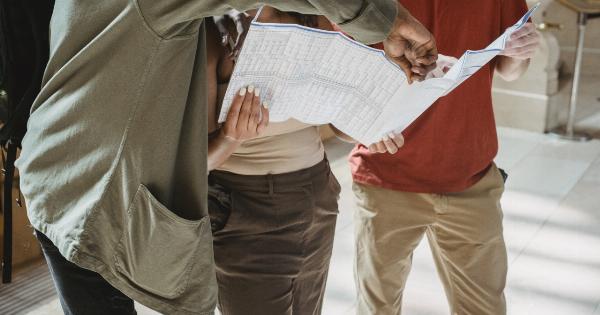The heart is one of the most important organs in the human body. It is responsible for pumping blood throughout the body, supplying the cells with oxygen and nutrients they need to function.
In this article, we will provide an overview of the basic physiology of the heart.
Structure of the Heart
The heart is a muscular organ located in the chest cavity, between the lungs. It is roughly the size of a closed fist and weighs approximately 300 grams.
The heart is made up of four chambers: two upper chambers, called the atria, and two lower chambers, called the ventricles.
The right atrium receives deoxygenated blood from the body and pumps it into the right ventricle. The right ventricle then pumps the blood to the lungs where it becomes oxygenated.
The left atrium receives oxygenated blood from the lungs and pumps it into the left ventricle. The left ventricle then pumps the blood out to the rest of the body.
The Heart’s Electrical System
The heart has its own electrical system that controls the rhythm of the heartbeat. The electrical signals originate in a small area of cells in the right atrium called the sinoatrial (SA) node.
The SA node acts as the heart’s natural pacemaker, generating electrical impulses that cause the heart to beat.
The electrical signals then travel to the atrioventricular (AV) node, which is located between the atria and the ventricles.
From there, the signals pass through a network of fibers called the bundle of His and into the ventricles, causing them to contract and pump blood out of the heart.
The Cardiac Cycle
The cardiac cycle describes the sequence of events that occurs during one heartbeat. The cycle begins with the contraction of the atria, which forces blood into the ventricles.
This is followed by the contraction of the ventricles, which pumps blood out of the heart and into the arteries.
After the ventricles have contracted, they enter a period of relaxation called diastole. During diastole, the chambers fill with blood in preparation for the next cycle.
The cardiac cycle is controlled by the heart’s electrical system, which ensures that the chambers contract in the correct order and at the correct time.
Blood Flow Through the Heart
The heart pumps blood to the rest of the body through a network of arteries and veins. Blood leaves the heart through the aorta, the body’s largest artery, and travels to the other arteries that supply oxygen and nutrients to the cells.
The blood then returns to the heart through the veins, entering the right atrium via the superior and inferior vena cava. The cycle then begins again.
The Heart’s Response to Exercise
During exercise, the heart must work harder to supply the body with the oxygen and nutrients it needs. The heart responds to exercise by increasing its rate and force of contraction, which allows it to pump more blood to the muscles.
This increase in heart rate and force is called the cardiac output.
The cardiac output is determined by two factors: heart rate and stroke volume. Heart rate refers to the number of times the heart beats per minute, while stroke volume refers to the amount of blood pumped out of the heart with each beat.
During exercise, the heart rate and stroke volume both increase, allowing the heart to meet the increased demand for oxygen and nutrients.
Common Heart Conditions
There are many conditions that can affect the heart, some of which are quite common. One of the most common heart conditions is coronary artery disease, which occurs when the arteries that supply blood to the heart become narrowed or blocked.
This can lead to chest pain, shortness of breath, and other symptoms.
Another common heart condition is heart failure, which occurs when the heart is unable to pump enough blood to meet the body’s needs.
This can cause fluid to accumulate in the lungs and other parts of the body, leading to swelling, shortness of breath, and other symptoms.
Conclusion
The heart is a vital organ that performs the essential function of pumping blood throughout the body.
Its complex physiology is controlled by its own electrical system, which ensures that the chambers contract in the correct order and at the correct time. Understanding the basic physiology of the heart is essential for maintaining a healthy heart and preventing heart disease.






























